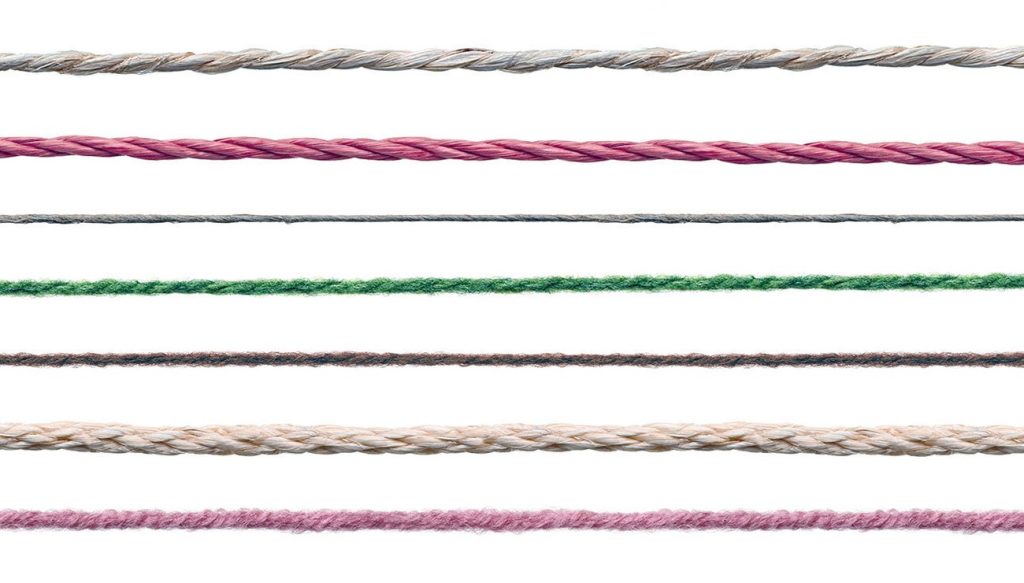Some things are so common that we sometimes forget to question their nature. Woolen yarn is a good example of this. Is it not surprising that the bobbin thread, several tens of meters in length, resists when pulled, while it consists of fibers – sheep’s hair – barely a few centimeters long? Galileo was already wondering about this riddle. The clearest and simplest explanation is that the friction between the fibers ensures their cohesion. But accurate modeling of the phenomenon has never been carried out. Antoine Seguin, in the Rapid Laboratory of the University of Paris-Saclay, and Jerome Crassus of the University of Rennes, have studied the properties of spinning in detail.
If the fibers are touching and parallel to each other, they will tend to slip when you stretch their ends. To make a long woolen yarn, you have to wind a bundle of fibers. This formation then leads to an increase in friction, which slows down the individual movement of the fibers. How many torsion cycles are required and what parameters are involved in the transition from free-sliding to full-locking?
Antoine Seguin and Jerome Crassus first conducted experiments on two sets of fibers that he mixed together to form a thread. Then they changed the torsion angle and measured the force needed to separate the two beams from each other. The intensity of the force increases exponentially with the square of the corner until it reaches a critical value after a few turns. For this critical value, the wire breaks. Parameters that quantitatively interfere with the behavior of the system are the torsion angle, the friction coefficient of the fibers, the thread length (which in the experiment corresponds to the fibers) and the thread radius obtained by the fiber assembly. In the relationship, these parameters combine to form a dimensionless quantity, which the researchers called the Hercules number of torsion. This name is defined by analogy with the two-volume experiment with interlocking papers studied by Frédéric Restagno, of the Solid-State Physics Laboratory at Orsay and colleagues. The researchers then assigned a number based on the number of square pages. Rewinding replaces the number of pages here.
Antoine Seguin and Jerome Crassus confirmed the dependence between the different parameters highlighted by their experiments thanks to a statistical model that takes into account the contact forces between fibers. Then they wondered if there was an ideal wire gauge. When twisting increases, the fibers stretch, which reduces the radius of the thread and weakens it. The researchers calculated the optimal Hercules torsion number and found that, in terms of torsion and fiber radius, their model results are consistent with the properties of the filaments as they were experimentally fabricated.

“Music guru. Incurable web practitioner. Thinker. Lifelong zombie junkie. Tv buff. Typical organizer. Evil beer scholar.”







More Stories
A large manufacturing project awaits space in the industrial zone
According to science, here are officially the two most beautiful first names in the world
Green space, 100% pedestrianized: DIX30 reinvents itself